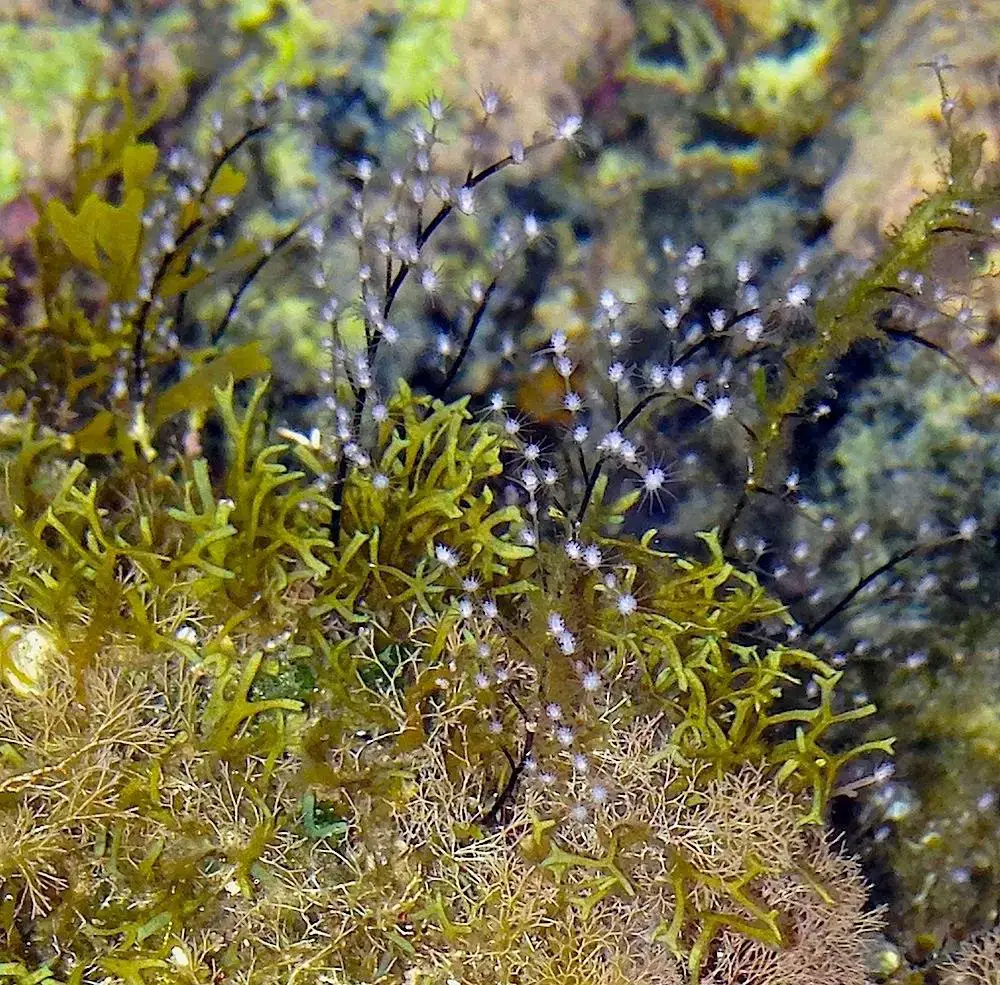
IMG_0298.jpg from: https://actanaturalisscientia.blogspot.com/2014/10/pennaria-disticha-cnidarios-hidrozoo.html
Neckeropsis disticha: The Distinctive Moss of the Neckeraceae Family
Introduction
Today we’re diving into the fascinating world of Neckeropsis disticha (Hedw.) Kindb., a unique moss species in the Neckeraceae family. This eye-catching moss, commonly known simply as Neckeropsis, has some remarkable features that set it apart. Let’s explore what makes Neckeropsis disticha so special!
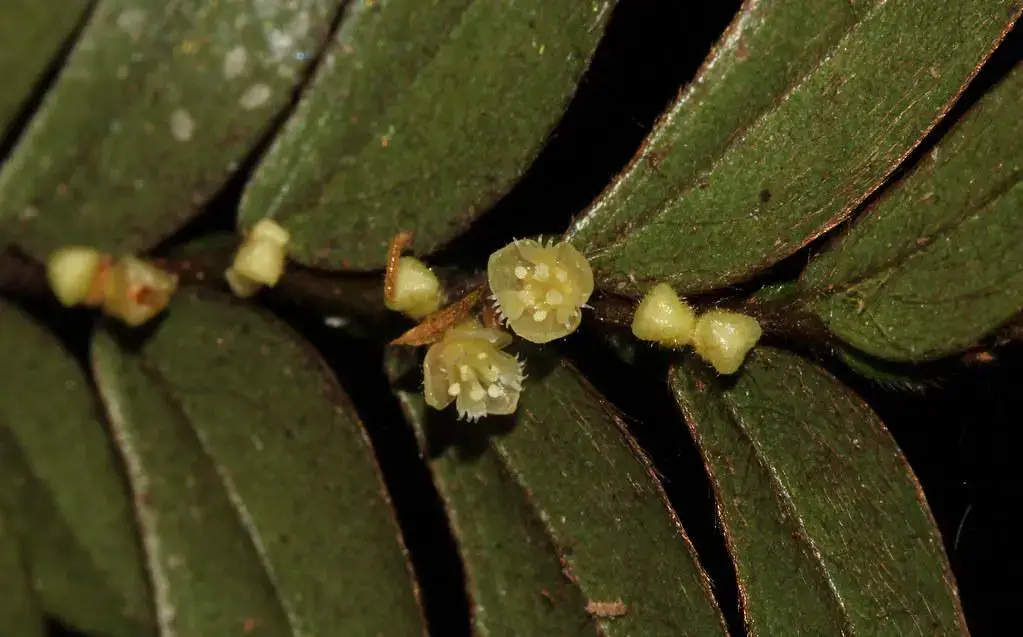
46468358991_bdf1529423_b.jpg from: https://www.flickr.com/photos/89906643@N06/46468358991
Background on Neckeropsis disticha
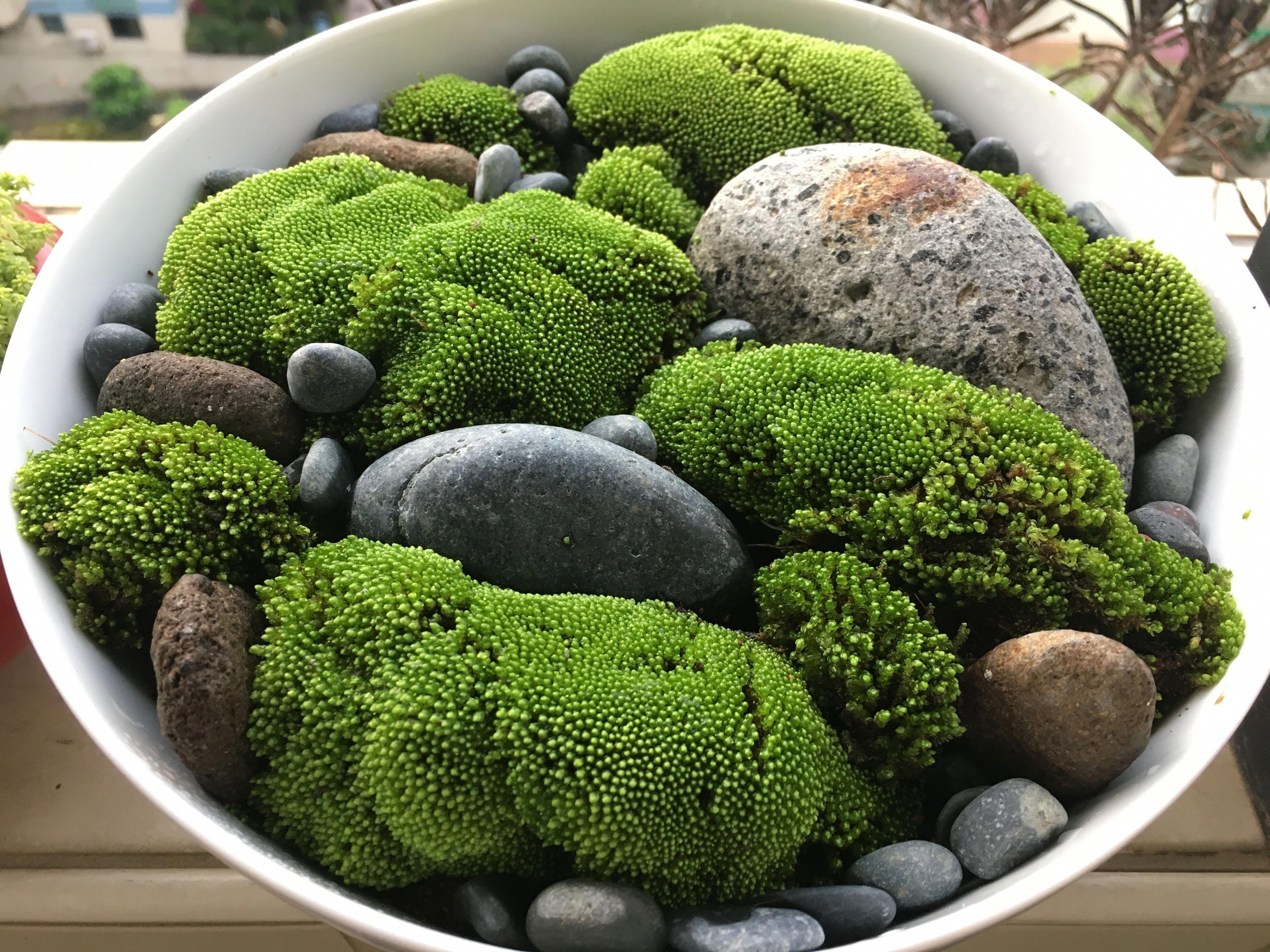
9214663f29a33d6a6de4e35cd6489b97.jpg from: https://www.pinterest.com/pin/364862007309122791/
Neckeropsis disticha is a species of moss classified in the Bryophyta division and Bryopsida class. It belongs to the Neckeraceae family which contains many moss genera known for their distinctive complanate (flattened) growth forms. The species name “disticha” refers to the distichous (two-ranked) arrangement of the leaves.
Morphology and Identification
One of the most noticeable features of Neckeropsis disticha is its strongly complanate shoots, with leaves arranged in two opposite rows. The shoots are pinnately branched and can reach 3-10 cm long. The leaves are oblong-lingulate in shape, 1.5-2.5 mm long, and have a short, double costa (midrib). Leaf margins are entire and the leaf cells are smooth.
Neckeropsis disticha is dioicous
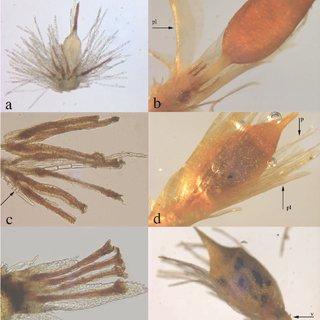
Reproductive-branch-and-mature-sporophyte-of-N-nitidula-a-Fertile-archegonium-with_Q320.jpg from: https://www.researchgate.net/figure/Reproductive-branch-in-Neckeropsis-disticha-a-Antheridia-ant-and-archegonia-arch_fig1_228765564
, meaning male and female reproductive structures are on separate plants. The seta (stalk) is very short, only about 0.2 mm long. Capsules are erect and symmetrical, 1-1.5 mm long. Spores are 8-12 μm in diameter.
Global Distribution and Habitat
Neckeropsis disticha has a wide distribution across tropical and subtropical regions worldwide. It is found in Central and South America, Africa, Southeast Asia, Australia, and islands of the Pacific and Indian Oceans. The moss grows as an epiphyte on tree trunks and branches in moist, shady forests from lowlands to 1500 m elevation. It prefers bark as a substrate but occasionally grows on rocks.
Ecological Roles and Adaptations
As an epiphyte,
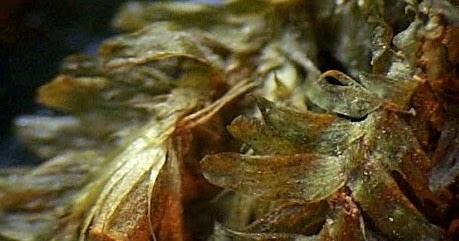
NECKEROPSIS%2BDISTICHA%2BBN.jpg from: https://plantasdepuertorico.blogspot.com/2017/01/musgos-pleurocarpicos-neckeropsis.html
N. disticha plays important roles in forest ecosystems:
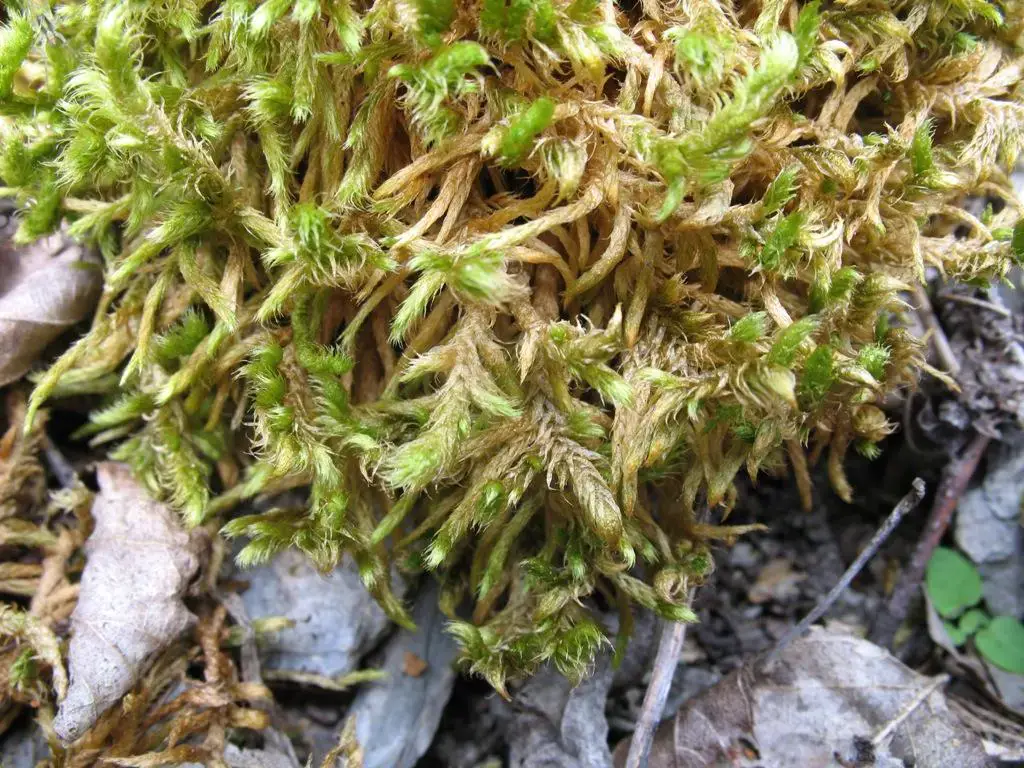
b_21787_4d9f0858d6340.jpg from: https://www.artensteckbrief.de/?ID_Art=21787&BL=20012
- Captures and retains moisture
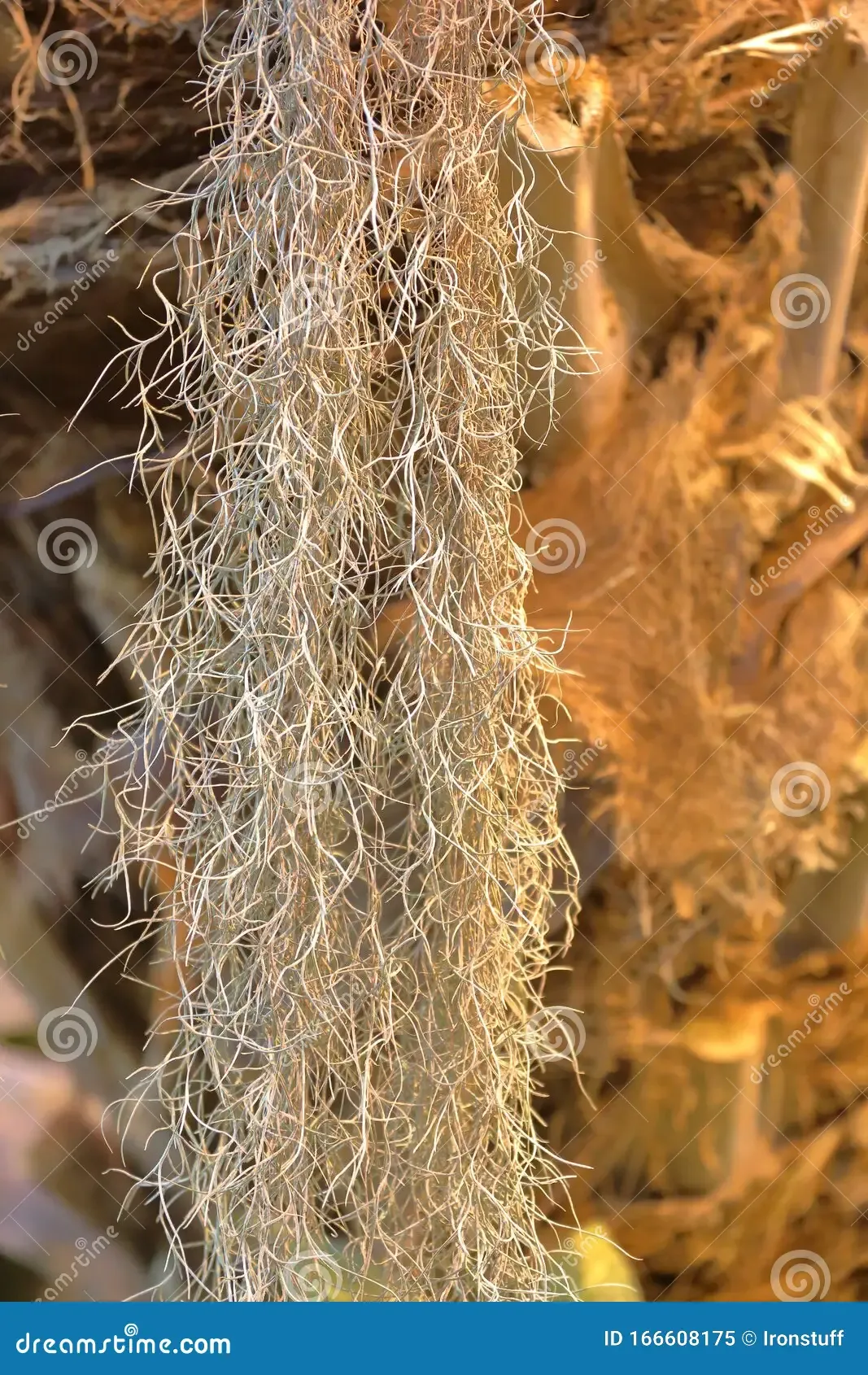
beautiful-tillandsia-usneoides-spanish-moss-unusual-plant-bromeliaceae-family-166608175.jpg from: https://www.dreamstime.com/beautiful-tillandsia-usneoides-spanish-moss-unusual-plant-bromeliaceae-family-image166608175
- Provides microhabitats for invertebrates
- Contributes to nutrient cycling
- Serves as a bioindicator of air quality
The complanate growth form is an adaptation that allows the moss to efficiently capture water and nutrients that flow down tree trunks and branches. The flattened shoots also maximize light capture in shady forest understories.
Conclusion
Neckeropsis disticha is a prime example of how mosses have evolved remarkable adaptations to thrive in their environments. From its eye-catching distichous leaf arrangement to its important ecological roles, this distinctive moss reminds us to appreciate the small but mighty organisms in the world around us. What other secrets might the tiny but complex world of mosses hold? The more we look, the more we discover!

6c5f833e4a87d67b0532ff05e581dbac.jpg from: https://openmuseum.tw/muse/digi_object/c042054f370bfcfd0c8ddff5f5f9b1ca
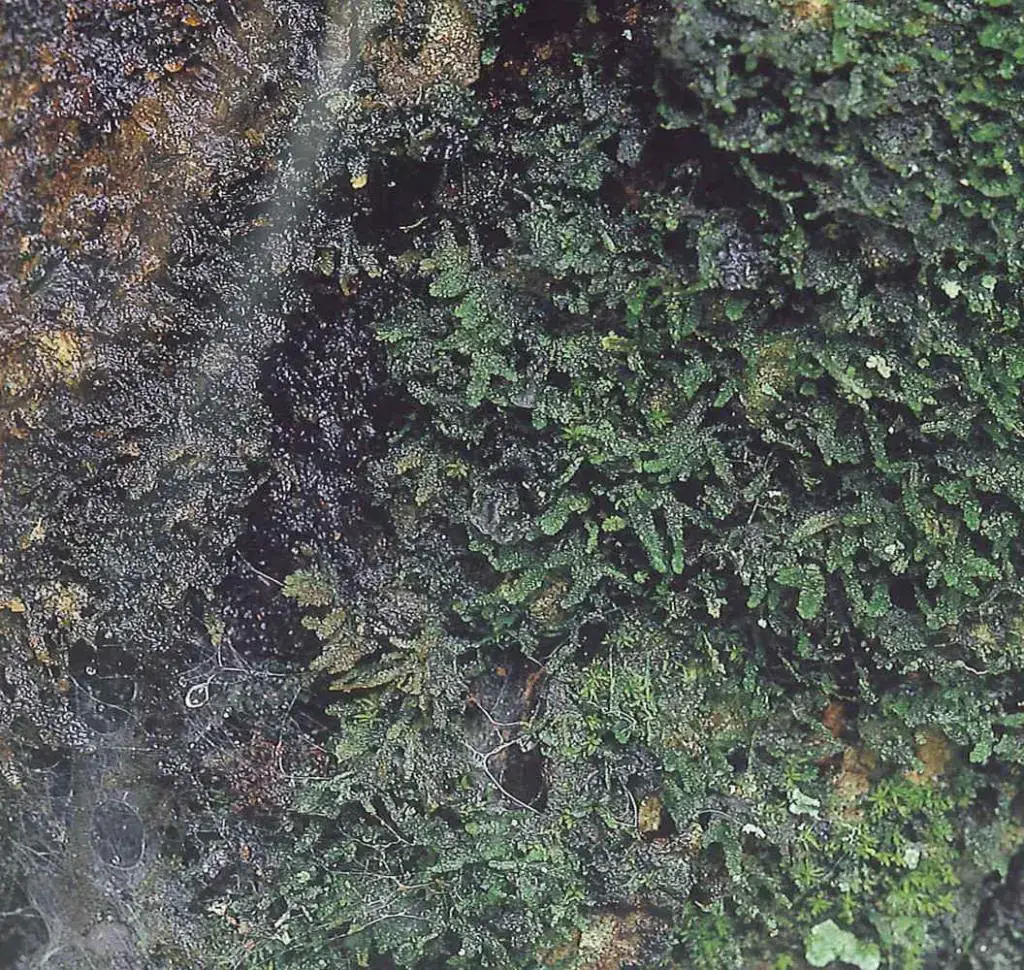
9dcc6d91104b9d1bd3b4cd2272fe0b27.jpg from: https://taieol.tw/pages/8952
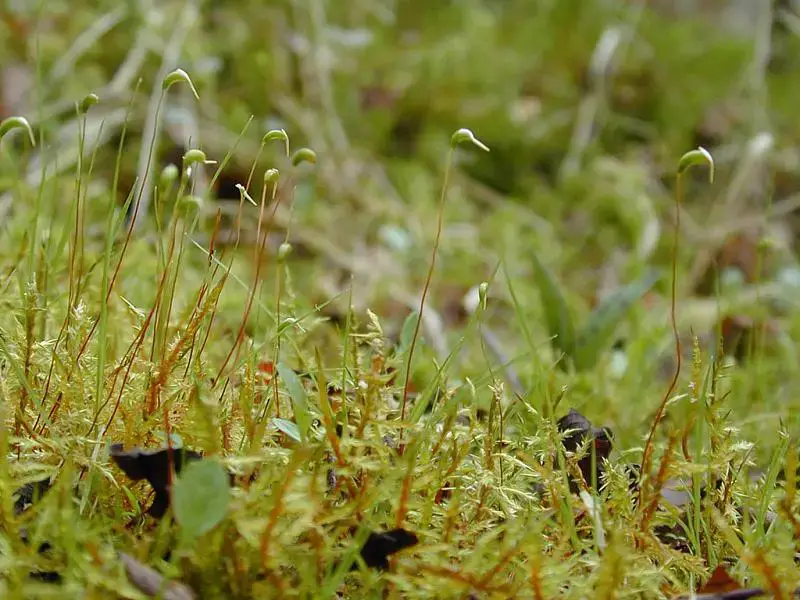
Calliergonella_cuspidata_Kapseln.jpg from: https://www.naturvielfalt.ch/en/organism/33110